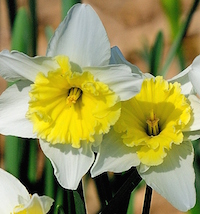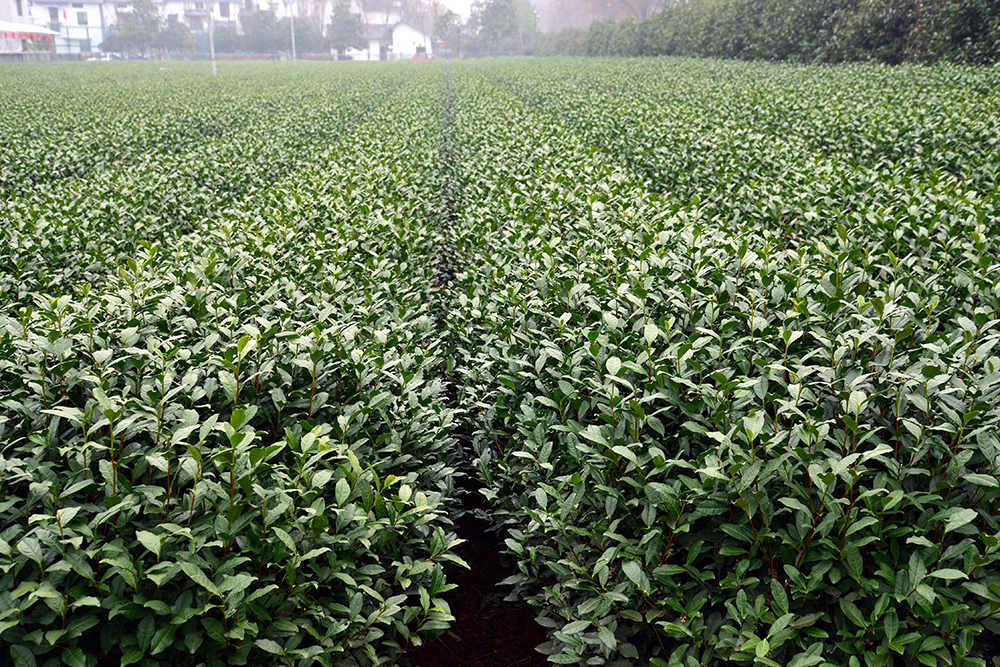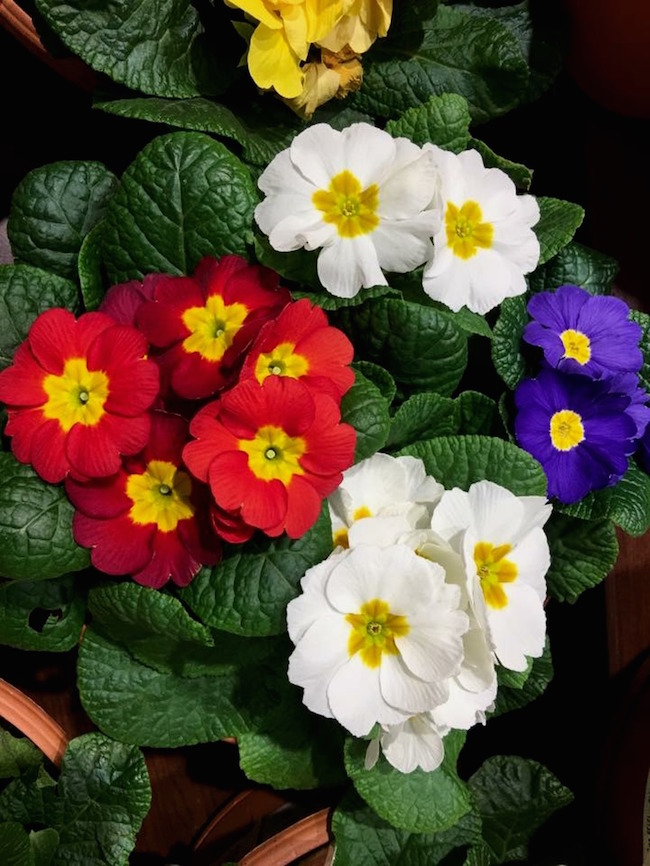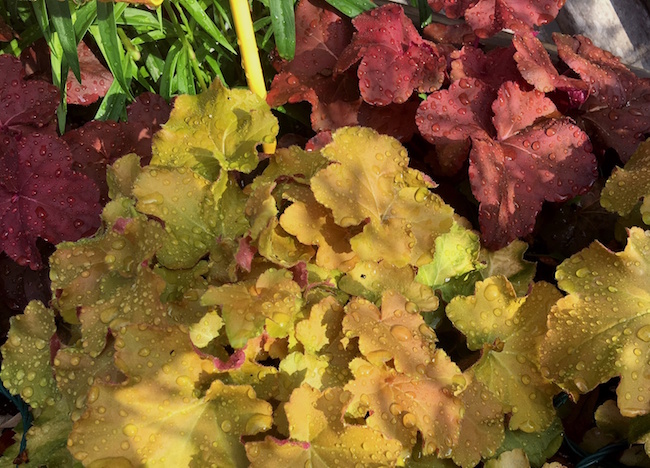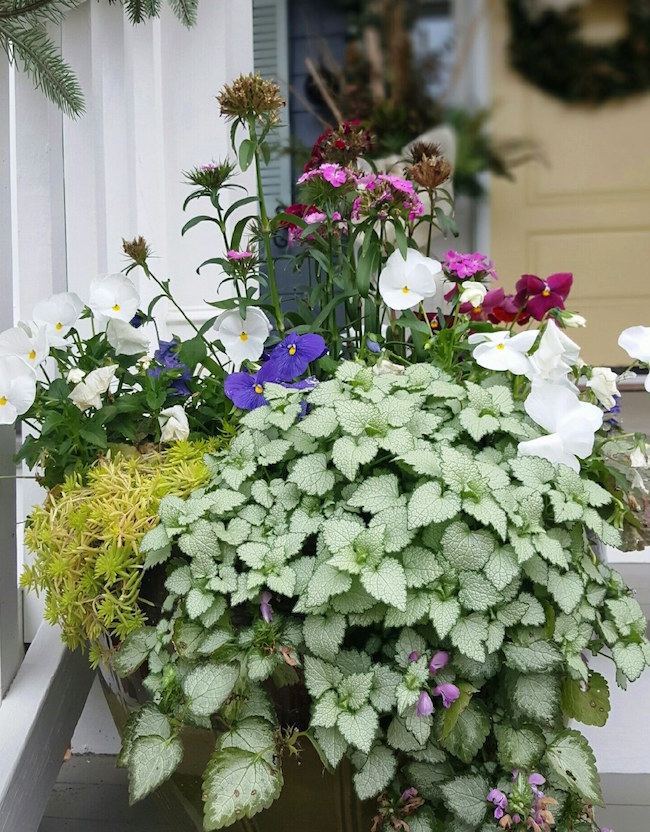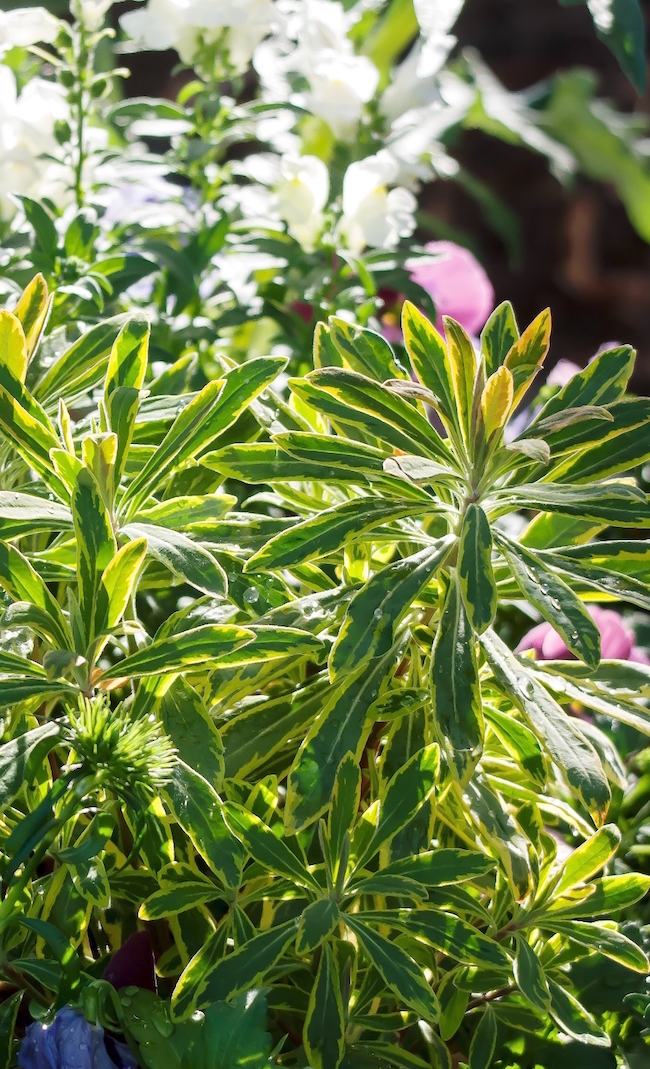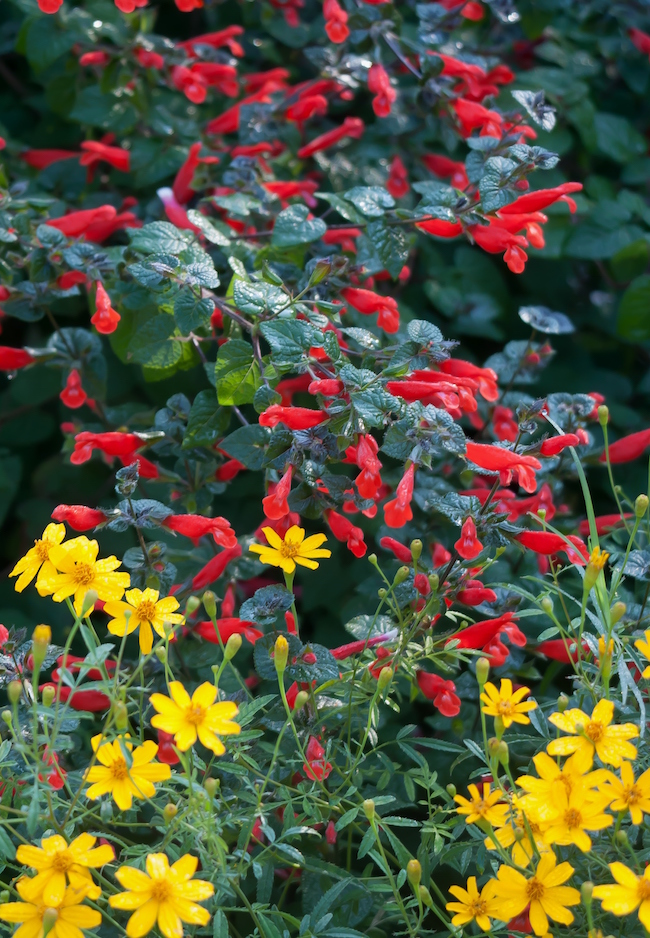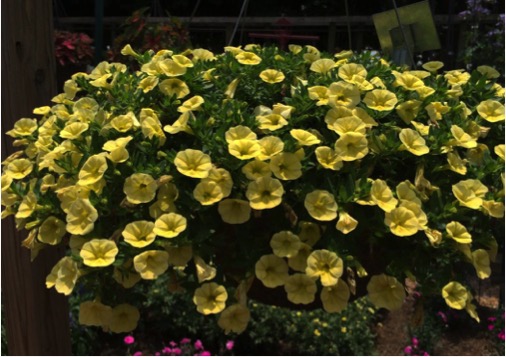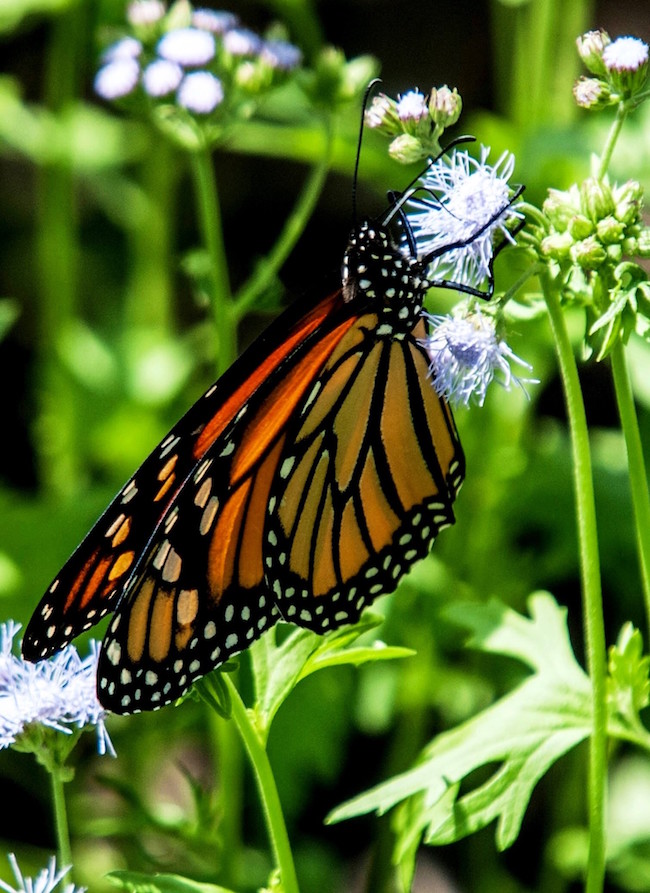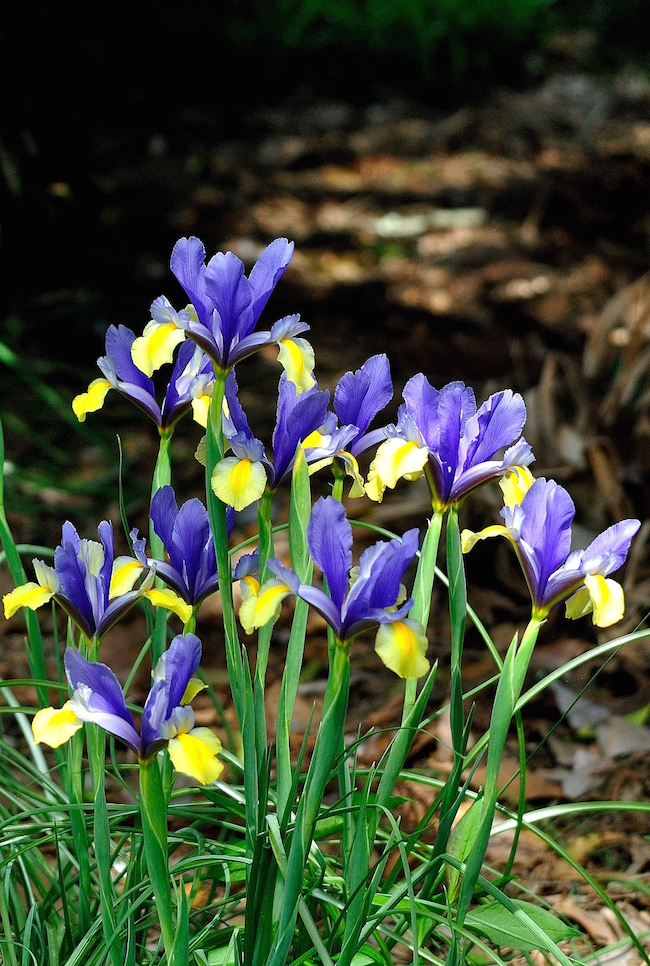 CAES News
CAES News
Dutch Iris
The Dutch iris is relatively trouble-free and should bloom in May and June. Most references suggest a cold hardiness of zones 6 through 9, but gardeners tout a return in zone 5 when a protective layer of mulch has been added. They need plenty of sun to bloom their best, though a little afternoon shade would be tolerated.

